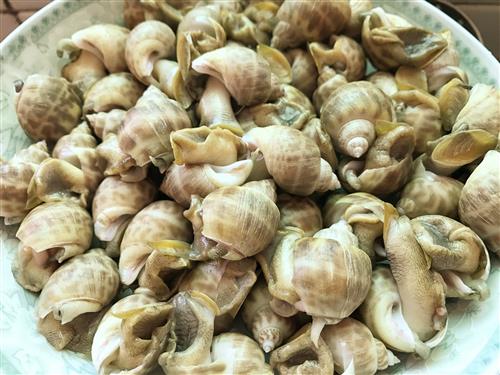Liver fluke disease is a disease caused by parasites. Most people who get sick are caused by eating unclean foods, especially some aquatic foods such as seafood. These foods give the parasites a chance to parasite. The parasite is too small to be found with the naked eye at all, and some people have eaten foods containing parasites for a variety of reasons. The parasite enters the human body unconsciously.

Liver flukes are also known as Clonorchis sinensis. Adults parasitize the human liver and bile ducts and cause liver flukes. Clinically characterized by analgesia, diarrhea, upper abdominal discomfort, hepatomegaly, and eosinophilia. Clonorchisis is a parasitic disease caused by parasites in the human intrahepatic bile duct. Humans are often infected by eating freshwater fish or shrimp that have not been cooked with capsularis of Clonorchis sinensis. Mild infection may be asymptomatic, severe infection may have indigestion, epigastric pain, diarrhea, lack of energy, liver and other clinical manifestations, severe cases of cholangitis, gallstones and cirrhosis and other complications.
I. Acute liver disease
1, incubation period: 5 to 40 days, usually 30 days.
2, fever: body temperature up to 39 °C above often accompanied by chills and chills. Irregular heat, different heating duration.
3, abdominal pain and diarrhea: Most patients with abdominal pain above the symptoms, symptoms like acute cholecystitis.
4. Liver area pain and hepatomegaly: The left hepatic lobe enlarges, often accompanied by obvious tenderness, which is mainly related to intrahepatic bile duct inflammation.
5, allergic symptoms: the most common urticaria and peripheral blood phage cells increased, and even severe cases of gonadotropin-like leukemia reaction.
Second, chronic schistosomiasis
1. Clinical manifestations: Repeated repeated small infections or acute treatment without timely treatment may evolve into chronic clonorchiasis. There are often acute symptoms in the history. Chronic chronic schistosomiasis is the most common, and its disease is usually hidden and the symptoms are complex. There are also no obvious clinical symptoms and cirrhosis of cirrhosis as the first symptom. Clinically, chronic schistosomiasis can be divided into mild, moderate, and severe degrees.
Chronic infection can be combined cholecystitis, gallstone cholelithiasis, obstructive jaundice, primary cholangiocellular carcinoma.
2, clinical classification
Hepatitis type: accounts for about 40.2% of the total number of patients. The clinical manifestations are hepatomegaly, liver pain, fatigue, loss of appetite, and some patients have elevated serum ALT.
Asymptomatic: about 34.6% of the total number of patients, no obvious symptoms.
Indigestion type: about 16.1% of the total number of patients, the clinical manifestations of abdominal pain, abdominal distension, intermittent diarrhea and liver enlargement as the main symptoms.
Gallbladder and cholangitis: accounts for approximately 6.34% of patients. The patient has a history of cholecystitis, recurrent attacks, hepatomegaly, jaundice and fever.
Neurasthenia type: about 2.12% of the total number of patients, clinical manifestations include headache, insomnia, memory loss, fatigue and so on.
Liver cirrhosis: accounts for about 0.56% of the total number of patients, manifested as hepatosplenomegaly, ascites, hypersplenism and so on.
Dwarf-type: about 0.06% of the total number of patients, growth and development disorders, intelligence is not affected.
Laboratory Ceramicware,Porcelain Crucibles With Lid,Porcelain Mortars Spout And Pestles,Laboratory Glazed Porcelain Crucibles
Yancheng Rongtai Labware Co.,Ltd , https://www.shtestlab.com